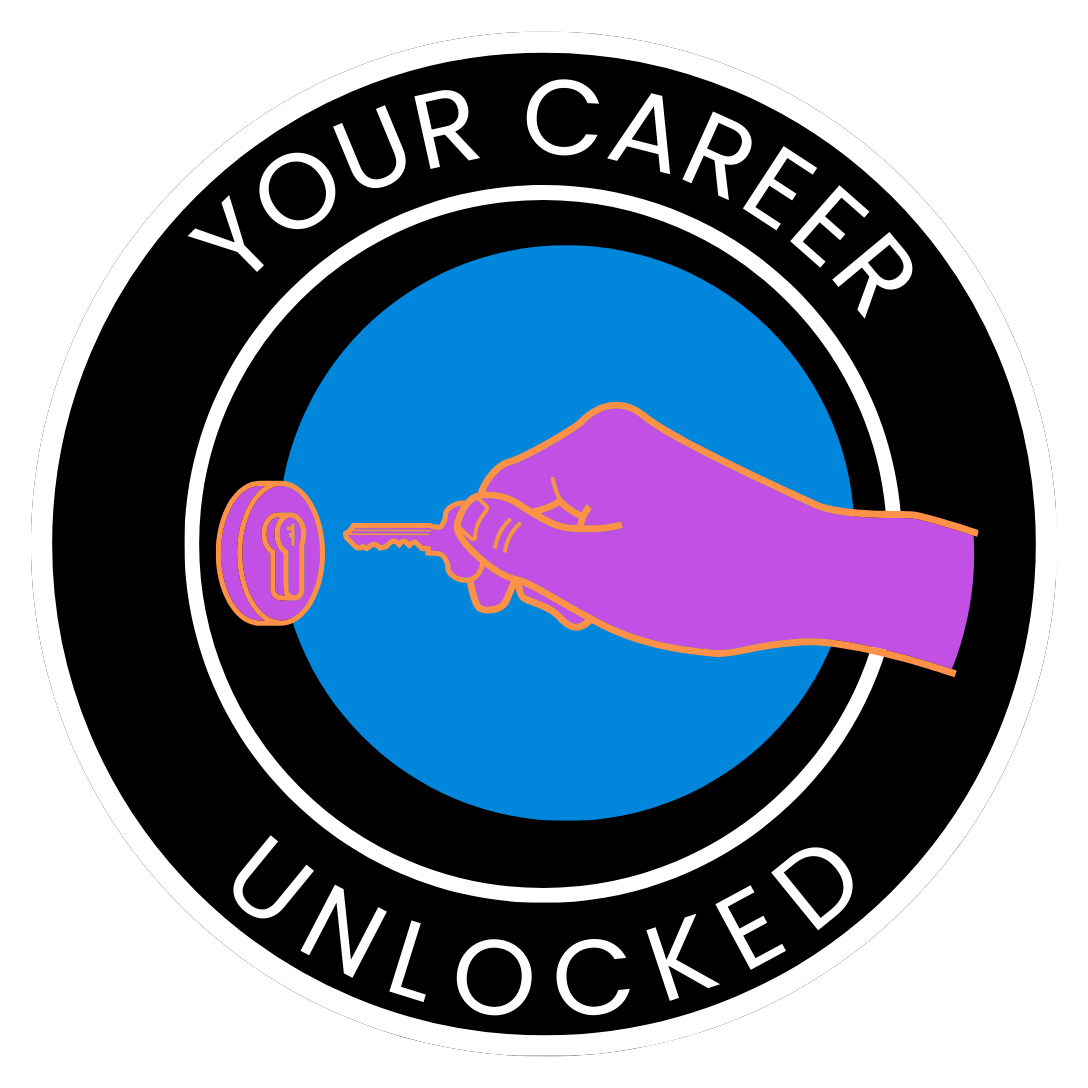Refinement is at the heart of creativity and problem-solving. Rarely do we arrive at the perfect idea, question, or solution on the first try. The good news? ChatGPT excels at iteration, helping you tweak and improve your thoughts in real time.
In this article, we’ll explore how to use ChatGPT as a powerful tool for refining ideas and crafting better questions, turning rough concepts into polished gems.
Step 1: Start With What You Have
Iteration begins with an initial attempt. Even if your idea or question feels incomplete, share it with ChatGPT.
Examples:
- “I’m working on an idea for [topic], but it feels incomplete. Can you help me refine it?”
- “Here’s a rough question I want to ask: [question]. How can I make it clearer or more specific?”
- “I have a draft for [concept]—can we workshop it together?”
ChatGPT thrives on collaboration, so don’t worry about starting rough.
Step 2: Ask for Feedback
Once you’ve shared your starting point, ask ChatGPT for constructive feedback.
Prompts to try:
- “What’s missing from this idea?”
- “How could I improve this question to make it more impactful?”
- “Can you suggest ways to make this idea more creative or practical?”
ChatGPT can provide suggestions, highlight blind spots, and offer new angles to explore.
Step 3: Experiment With Variations
Iteration often involves trying out different versions of an idea to see what works best. Ask ChatGPT to generate variations for you to compare.
Examples:
- “Can you rewrite this question in three different ways?”
- “What are three alternative approaches to this idea?”
- “Can you tweak this concept to make it appeal to [specific audience]?”
This process helps you explore options and discover what resonates most.
Step 4: Combine and Synthesize Ideas
Sometimes, the best ideas come from merging elements of different versions. Use ChatGPT to help you synthesize the strongest aspects of each iteration.
Prompts:
- “I like parts of [version 1] and [version 2]. Can you combine them into one cohesive idea?”
- “What’s a way to blend these two approaches into something better?”
- “Can you take the best features of these ideas and create a new version?”
This collaborative synthesis ensures you’re building on your best work.
Step 5: Add Depth and Specificity
As you refine your idea, ask ChatGPT to help you add depth, context, or practical details.
Examples:
- “How can I make this idea more detailed and actionable?”
- “What are some real-world examples or applications of this concept?”
- “Can you expand on this to make it more robust?”
Depth and specificity make your refined idea stronger and more useful.
Step 6: Test and Iterate Further
Even after refinement, there’s room for improvement. Test your idea or question in a new context, and use ChatGPT to keep iterating.
Prompts to explore:
- “I tested this question, and it didn’t land the way I hoped. Can we rework it?”
- “This idea seems too broad—how can we narrow it down?”
- “Can we refine this further to make it clearer or more engaging?”
Iteration is a loop, and each cycle brings you closer to your goal.
Step 7: Turn Iteration Into a Habit
Finally, remember that iteration isn’t just a one-time process—it’s a mindset. Use ChatGPT regularly to refine your thoughts, from brainstorming to execution.
Prompts to make iteration a habit:
- “Let’s review and improve [daily task, question, or project].”
- “Can you help me refine my goal-setting process?”
- “What’s a way to improve how I communicate [specific message]?”
Making iteration part of your workflow ensures constant growth and progress.
Why This Works
The iterative process is where great ideas are born, and ChatGPT makes it easy to refine, expand, and perfect your concepts. Whether you’re brainstorming, writing, or problem-solving, this collaborative approach allows you to build momentum and stay inspired.
The next time you’re working on a project or refining a thought, let ChatGPT help you iterate. With every cycle, you’ll get closer to something truly exceptional.

